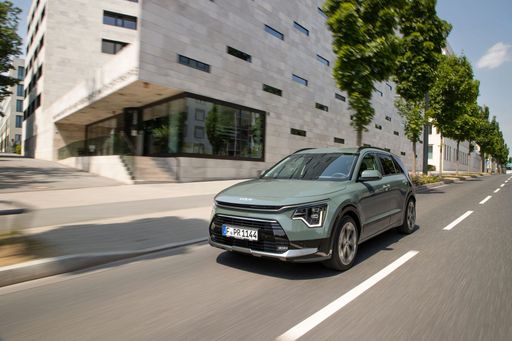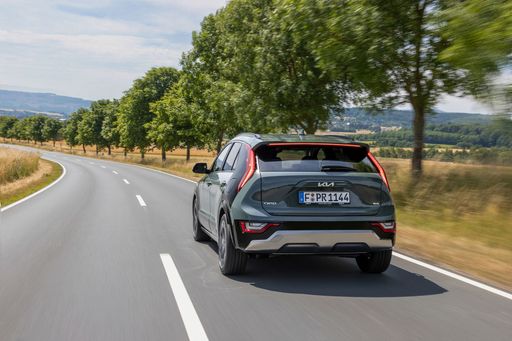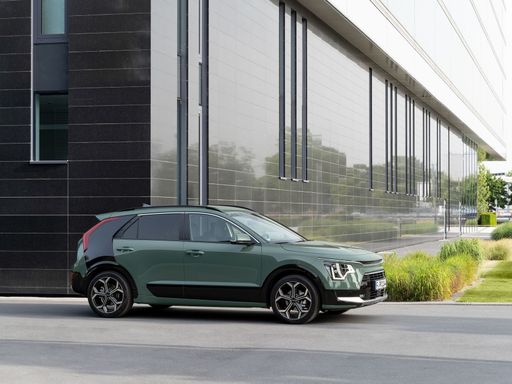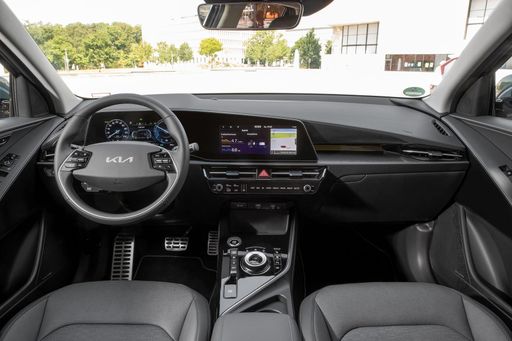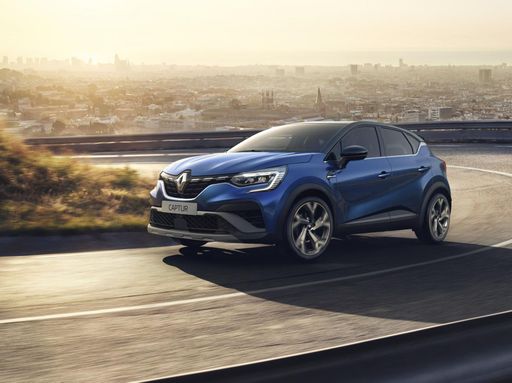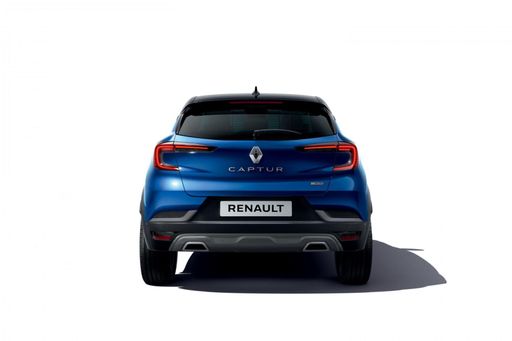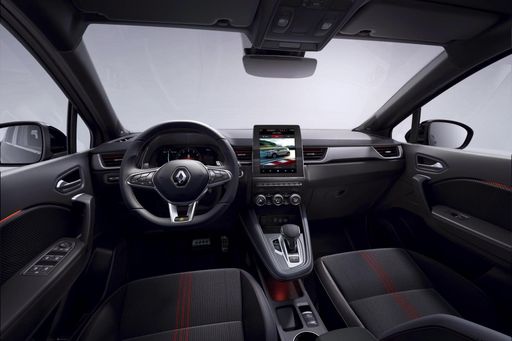Choosing Your Urban Companion: Kia Niro vs Renault Captur
In the world of urban SUVs, the Kia Niro and Renault Captur have made significant strides as practical and stylish choices for city driving. As environmental concerns grow, these models deliver an optimal blend of efficiency, innovation, and versatility. Let's break down the details to see how these two contenders stack up against each other.

